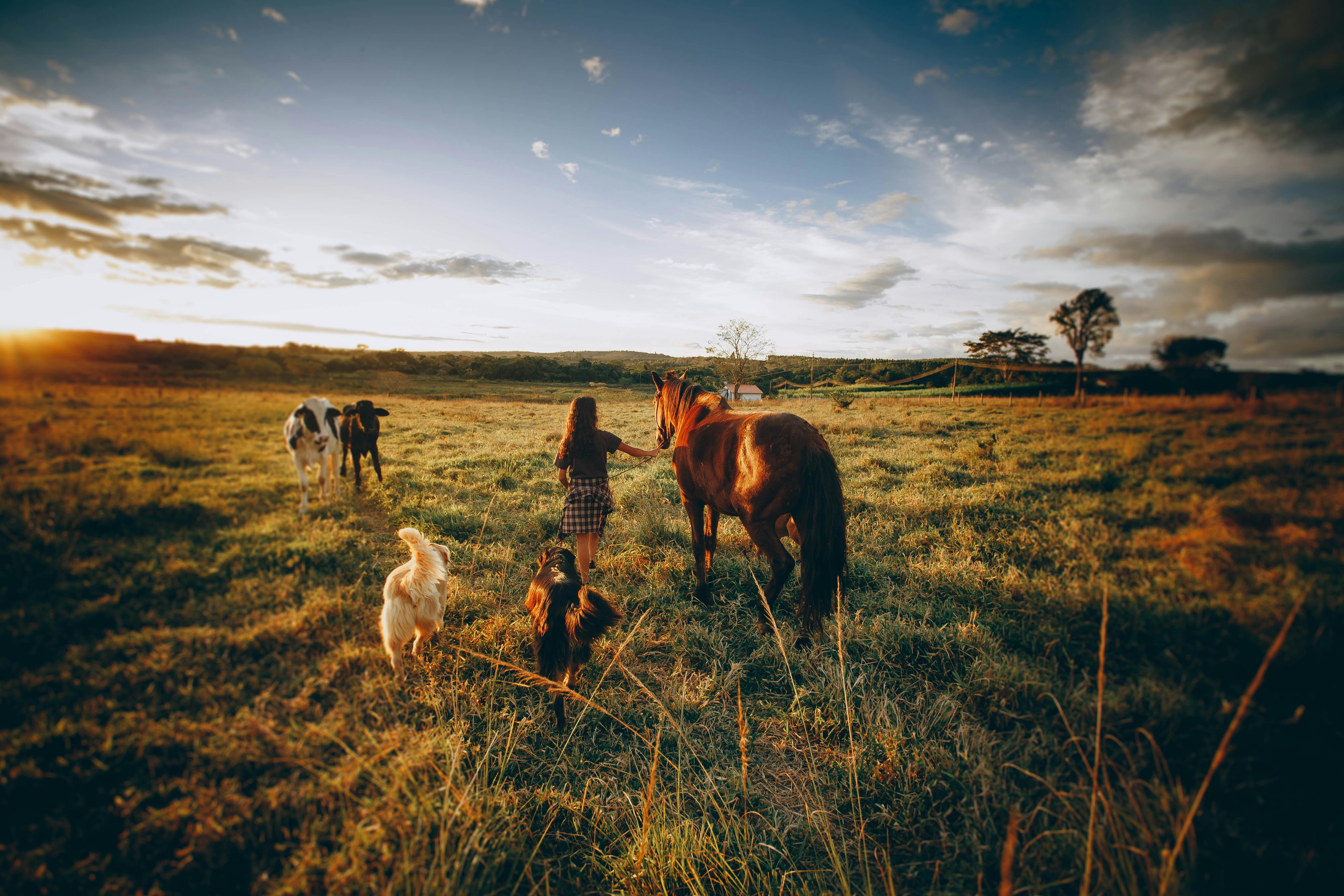The Iron Pagoda is located in the northeast corner of Kaifeng. Strikingly erected in the Iron Pagoda Park, the structure is recognized as the best pagoda in China due to its construction and elegance. Actually, the pagoda is not made of iron, but of brown, red, green and blue glazed bricks. Since its main hue is reddish brown, this pagoda looks like iron from afar and that is why it has been called Iron Pagoda for hundreds of years.
This Buddhist pagoda was built on the same location as a previous wooden pagoda (called Lingwei) that had been burned by lightning in 1044 CE during the Northern Song dynasty. Five years after it caught fire, the emperor ordered another to be built on the same site, but this time they used fire-resistant glazed bricks to build it.
The predecessor to the Iron Pagoda was a 13-story octagonal wooden pagoda and it was once very famous, but only for a short time. Along with the Liaodi, Pizhi, Beisi, Lingxiao and Liuhe pagodas, it is considered a protected masterpiece of Song Dynasty architecture.
Almost a thousand years have passed since the Iron Pagoda was rebuilt and it stands firm despite torrential rains, fierce winds, and earthquakes. When the Yellow River overflowed in 1841, the city of Kaifeng was flooded and this caused the thousand-year-old Youguo Temple to collapse, but the imposing pagoda survived and stood firm.
Youguo Temple itself was an important place that emperors frequently visited. There was also an imperial exam center located in the temple that was used by students from all over the empire to take the exam.
Today, this octagonal-based structure stands at a height of 56 meters with a total of 13 floors. The windows, doors, brackets, support brackets, pillars, balconies and sloped roofs on its exterior were modeled from the above and assembled from 28 standard brick components.
Its exterior walls, doors, windows, support brackets, and corner pillars are made up of multi-colored glazed bricks. There are more than 50 ornamental designs such as Buddha images, flying apparatus, Bodhisattvas, heavenly kings, lions, heavenly guards, musicians, and lotus flowers that are carved from those components. This also made the pagoda the largest and oldest glazed brick and tile artifact in China.
There is also a tall Sumeru stone pedestal below its main body that has been buried by mud due to flooding caused by the overflowing of the Yellow River. Now the pagoda has doors on all four sides, but visitors can only approach the building from the steps on the north side. In 1961, the iron pagoda was listed as one of the main historical and cultural sites under state protection.



